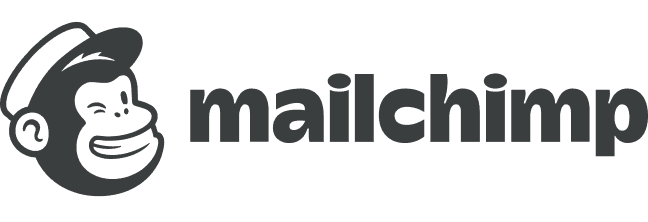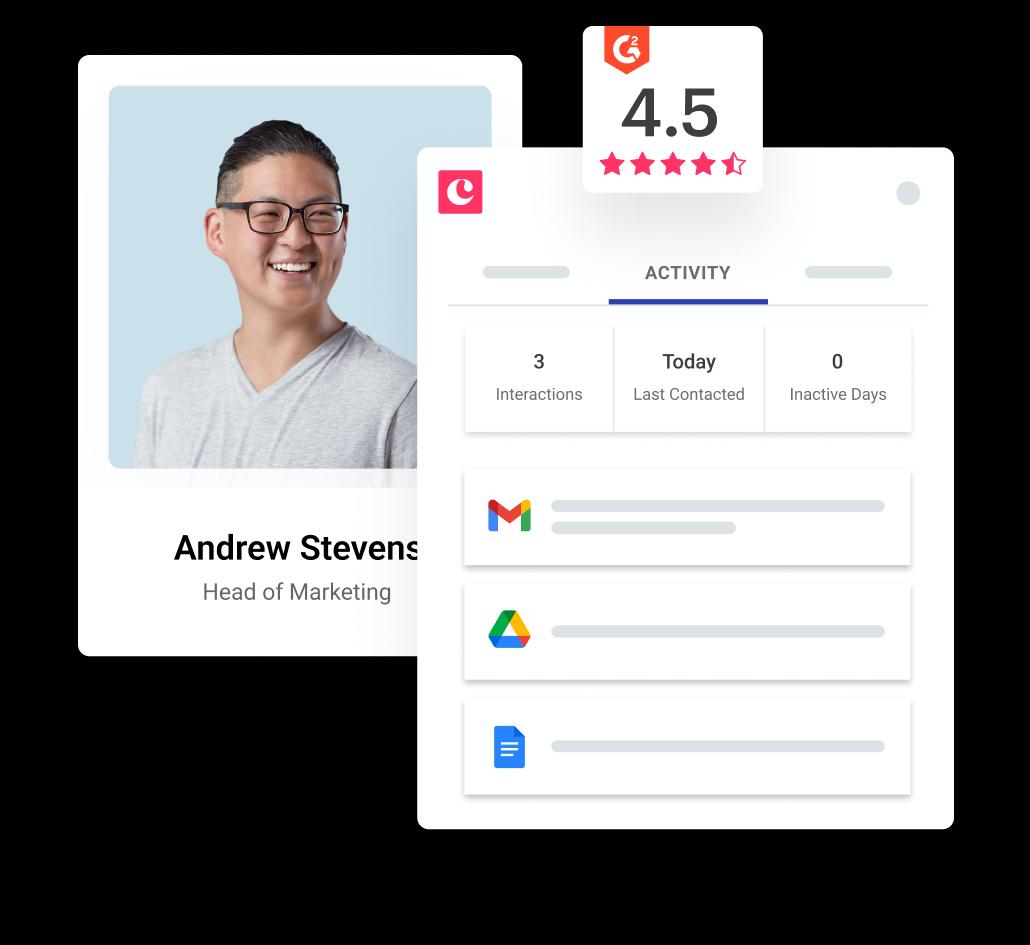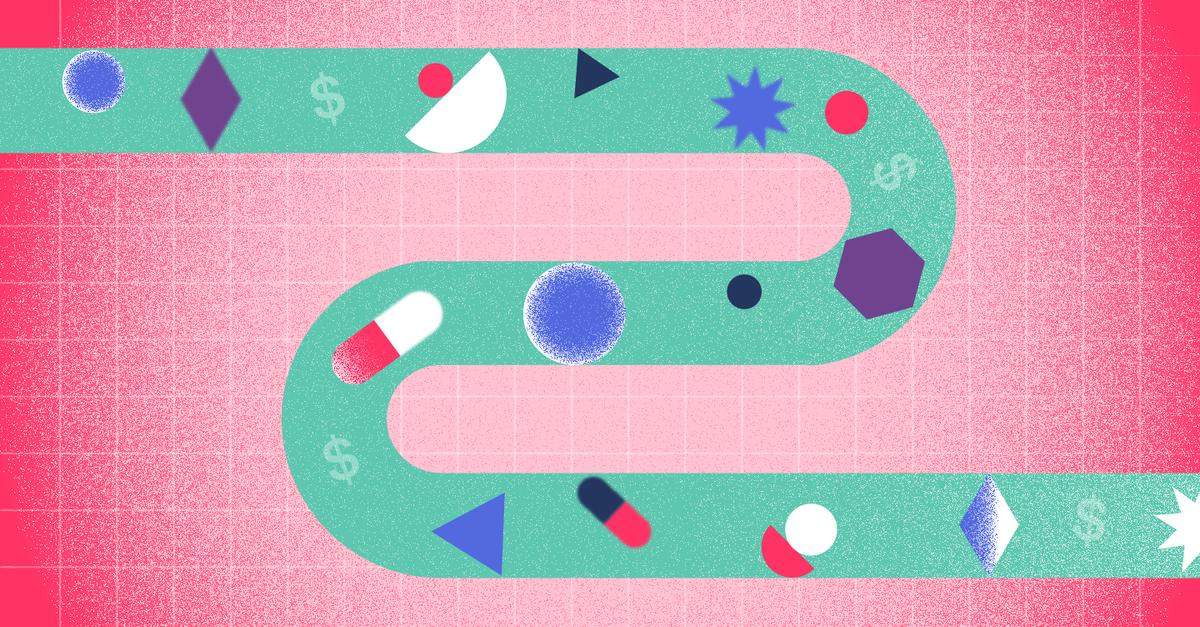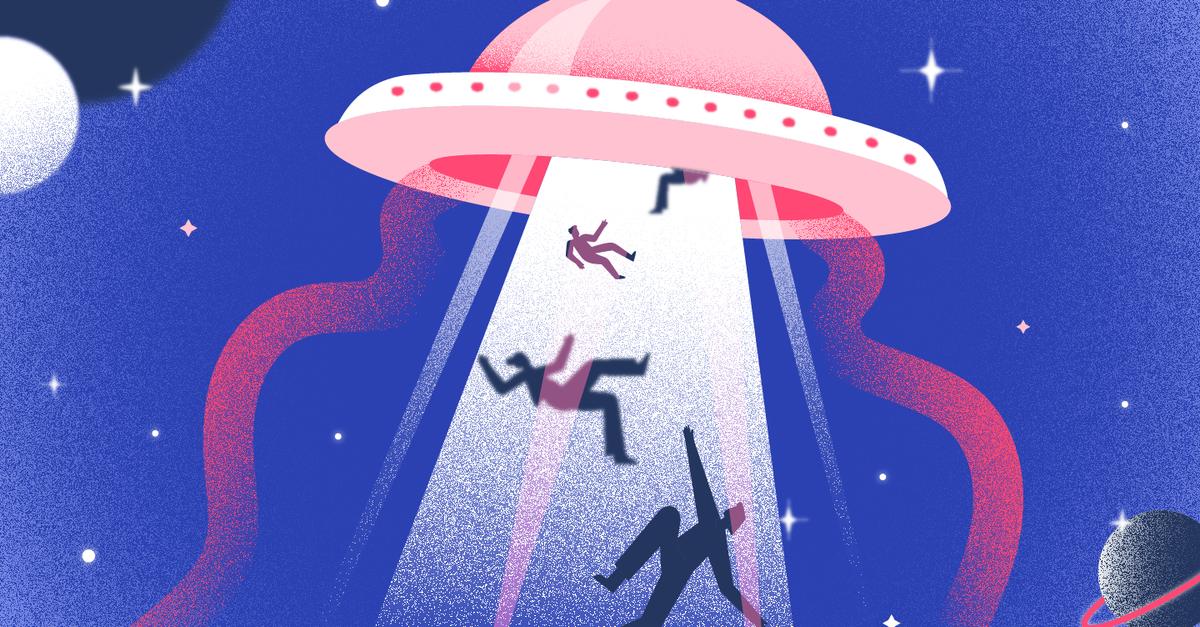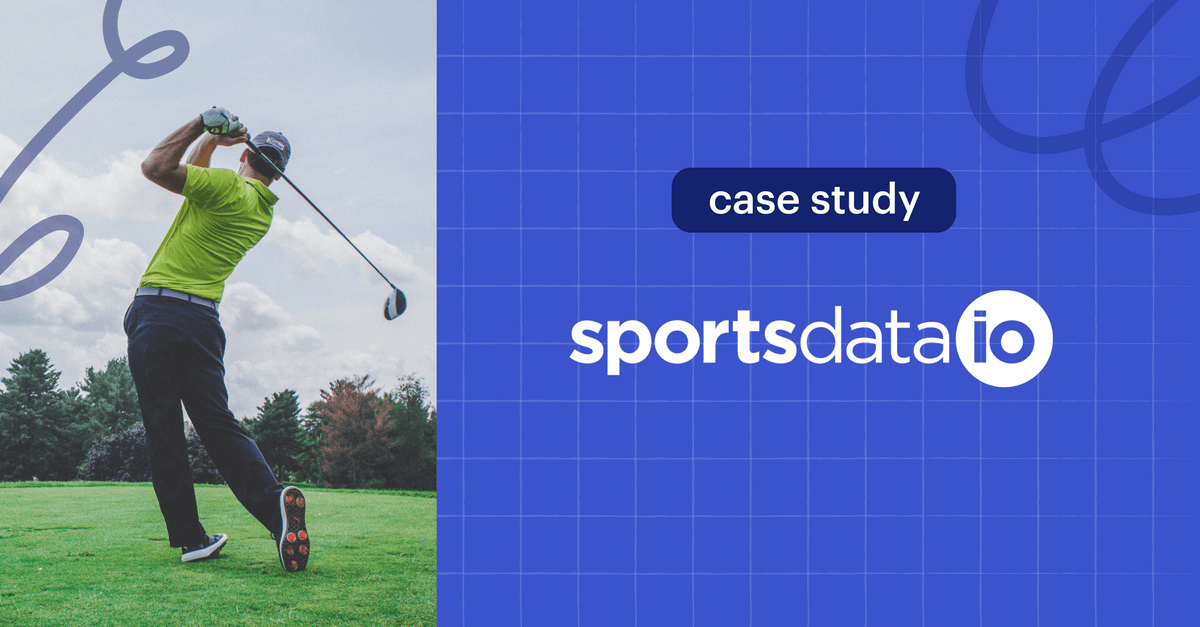
Erica Hayton
Contributor
Sales reps have a constant drive to do more.
Regardless of what you’re selling or the industry you work in, it’s not uncommon to want to continuously push your sales goals and try to boost revenue.
But increasing sales isn’t always a case of just connecting with more prospects. To increase your sales efficiently, you need to think strategically.
Unfortunately, most of the advice out there on how to convince your audience to buy more is vague. “Listen.” “Ask for referrals.” “Differentiate yourself.”
While it’s all great advice, it doesn’t tell you the most important part––how.
To give you some tips you can actually use, let’s dive into three ideas based on results-focused case studies that show how different companies were able to increase their sales:
Pro-tip: Learn how to create effective case studies.
1. Run a contest, giveaway, or promotion.
It shouldn’t come as a surprise that running a sale can increase your number of shoppers. After all, everyone loves getting something for a cheaper price. However, you can boost sales even more if you create some urgency around it. Hello, contests.
Bhu Foods used a contest to increase engagement—and also managed to sell $4,628 worth of protein bars in the process.
Bhu Foods started by offering entrants a free six-month supply of protein bars––a $234 value. All people needed to do was enter their name and email address.
They then thanked their entrants by emailing a coupon code. Of the over 2,700 people who entered the contest, 178 chose to purchase.
The $4,600+ of direct sales dramatically outweighs the $234 cost of the free giveaway, and Bhu Foods is left with thousands of new email subscribers they can re-engage.
How to create your own giveaway or contest to boost sales
For a giveaway to run smoothly, you need to have the proper planning in place. Here’s how to set up your own giveaway that’ll boost sales.
Map out the logistics.
Before you start creating landing pages or collecting email addresses, you need to get the giveaway basics nailed down. Decide what you’re going to offer, how long your giveaway will last, and how your audience members can enter.
Your prize should match the amount of effort it takes to enter. If you’re expecting users to fill out a complex form or submit videos or photos, they’re going to expect a rather large prize. (Vacations are a common prize for high-effort contests.) On the other hand, even if you’re giving away something small, you’ll want to at least collect an email address and name.
You also want to make sure your prize is consistent with your brand. While an iPad might be appealing, your entrants should be a part of your target audience. Try to give away a prize that’s related to your own product or service, as Bhu Foods did.
Focus on conversions.
Giveaways are a great way to boost awareness and collect leads. However, as you’ll notice from the Bhu Foods case study, a lot of people sign up for free items without ultimately purchasing. If the main goal of your giveaway is to boost sales, you need to give them a reason to do so.
You can require a purchase to enter the contest, but it could dramatically reduce the number of sign-ups you have. If you’re hoping to boost immediate sales but also collect new leads, your best bet to increase sales is to follow Bhu Food’s footsteps and offer a special discount for entrants.
Make sure to enter your new leads into your sales funnel as quickly as possible—this can help your team keep them engaged so they don’t immediately unsubscribe or unfollow your social accounts. The longer you can keep them active, the higher your chances of converting them into long-term customers.
2. Offer tiered pricing.
Price can be a major factor in whether or not a customer chooses to purchase. If something seems too expensive or they’re just not fully committed, they may not buy. Offering different pricing tiers can be a great way to ease customers into buying. When they have options to choose from, they can select the tier that works best for their needs and budget.
VideoFruit found a 25% increase in revenue from offering different pricing tiers. For their course “Get 10,000 Subscribers,” VideoFruit offered three payment levels: a high-end package for a total of $2,400, a $1,200 mid-end package, and a $600 low-end package.
This was a change from their original tiered pricing model of only two levels: the low-end and mid-end. After adding the new high-end level, they boosted sales by $102,224.
The best part about VideoFruit’s strategy is that they didn’t have to change any of their processes. They simply modified each tier’s offering, meaning they saw a 25% boost in sales with minimal work.
How to create your own tiered pricing
You don’t want to just slap a price on a list of features or services. Each pricing option should make sense to the customer, with each offering providing clear value. Here’s how to create an effective tiered pricing strategy to boost sales.
Choose your pricing tiers.
You often see tiered pricing in groups of three, just like VideoFruit’s example, with a high-end, a low-end, and something in the middle. Ideally, your customer will go for the mid-size tier.
A three-prong pricing approach ensures there is a plan that fits everyone’s needs and budget, so pricing becomes less of an issue.
However, there are other options for pricing tiers. If a three-prong approach doesn’t work with your customers or what you’re offering, you can always expand. You just don’t want to overwhelm your customers with choices.
Try to stick to 3-5 tiers, if possible. It’s also okay to add a customization option if you’re worried about not appealing to unique buyers. In this case, you’ll want to include contact information so you can provide them with a custom quote.
List out your features.
Customers will want to know exactly what they’re getting for each price, so make it as clear as possible. Setting expectations during the purchasing phase can also reduce the likelihood of customers trying to negotiate––and ensure that you get paid what you’re asking for.
Copper compares the features of each plan side-by-side, making sure users know exactly what they’re getting at each price point.
Sometimes it’s easier to create your packages by starting somewhere in the middle. Create your “ideal” package that includes all the features and benefits you’d like to provide customers. This should include your standard product offering, as well as the price you’d ideally be paid for that product.
From there, you can scale down or up depending on the plan. Cut back some features or benefits for your lower-end bundles and add some additional benefits for the ones on the higher end. Just be careful not to promise work you can’t deliver or offer a package below a price that’s worth your time. Know your work boundaries on either end.
3. Build an abandoned cart strategy.
Online shoppers can be incredibly indecisive—and this applies to all types of buyers, not just people buying a physical product. (We’ll show you an example below.) They add items to their cart, only to close out of the window before completing the purchase.
It happens all the time. In fact, about 50-80% of all shopping carts are abandoned.
While some of those shoppers never intended to purchase at all, others just need an extra nudge to return to the cart and finalize their order.
Scott Wyden Imagery, a photographer with an online course, decided to tackle his abandoned cart problem by adding a popup with a discount offer to shoppers leaving a checkout page before completing a purchase.
The 10% discount incentivizes shoppers to head back to their chart.
This simple addition to his site recovered over 21% of his abandoned carts and increased his email subscribers by 328%.
How to create your own abandoned cart strategy
Offering a discount isn’t the only way to convince shoppers to come back to an abandoned cart. Here’s how you can develop a successful abandoned cart strategy to boost your sales.
Understand why shoppers are leaving.
Customers may be abandoning their carts for a number of reasons, including unexpected charges, the need to set up an account, or a confusing checkout process. To convince them to complete their purchase, you need to get to the root of the problem.
Take a look at your current checkout process. Are there any taxes, high shipping costs, or other additional charges that the buyer wasn’t expecting?
What about unnecessary hurdles, like needing to register for an account or additional fields that customers may not want to fill in?
Before creating your abandonment strategy, refine your shopping cart to make it as easy and frictionless as possible. If you can’t eliminate any charges or expenses, be sure to be as upfront as early as you can about them.
Choose a way to communicate.
While Scott Wyden Imagery chose to use a popup, this isn’t the only way to reconnect with cart abandoners. You can also use retargeting ads and email campaigns to bring shoppers back.
Email campaigns are effective because you’re able to directly engage your customer. However, you need to collect their contact information first, which can be difficult if you’re dealing with a first-time buyer.
A retargeting campaign through Google Ads or Facebook can get your ads in front of shoppers who have visited your page before. Although it’s less specific than an email campaign, it’s a great option if you weren’t able to collect the shopper’s contact information before they abandoned their cart.
Select the communication that works best for your target audience and the information you have––but you don’t need to stick to just one. If it makes sense to target shoppers through a variety of campaigns, feel free to do so.
How do I choose the right method for boosting sales?
There are dozens of different buyers out there, so no one strategy is going to be able to target all of them. However, with these three tactics, you can attract potential buyers at all levels of the sales funnel. (More on how to manage a funnel here.)
Use a giveaway to attract attention from interested leads who may need a bit of encouragement to make that first connection. When you’ve finally gathered their contact information, send them a thank-you discount and enter them into your nurturing funnel.
A tiered pricing plan can convince buyers who might be on the fence about committing because of price. When you give them some control over what they buy and how much they spend, they may be more likely to finally make that purchase.
And finally, your abandoned cart strategy can reconnect with prospects who came close to buying but didn’t make that final decision. With the right retargeting campaign, you can increase your conversion rates and eliminate lost sales.
Boosting sales comes down to understanding what your audience is looking for and providing it to them at the right time. As you start to implement new sales strategies and tactics to increase sales, pay close attention to how customers are reacting. When you continue to refine your methods to meet their changing needs, your sales will continue to grow.





